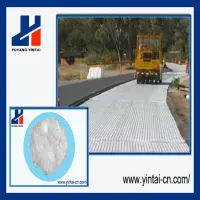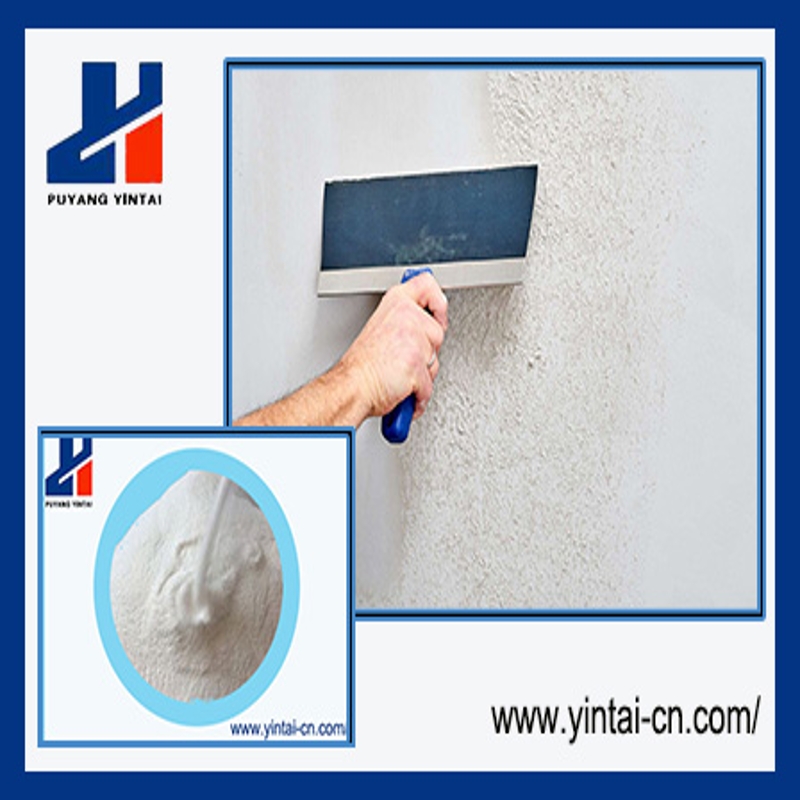-
Categories
-
Pharmaceutical Intermediates
-
Active Pharmaceutical Ingredients
-
Food Additives
- Industrial Coatings
- Agrochemicals
- Dyes and Pigments
- Surfactant
- Flavors and Fragrances
- Chemical Reagents
- Catalyst and Auxiliary
- Natural Products
- Inorganic Chemistry
-
Organic Chemistry
-
Biochemical Engineering
- Analytical Chemistry
- Cosmetic Ingredient
-
Pharmaceutical Intermediates
Promotion
ECHEMI Mall
Wholesale
Weekly Price
Exhibition
News
-
Trade Service
With the rapid development of fiber amplifiers (EDFAs), stable and reliable high-power light sources will meet the requirements of
wireless optical communication in various applications.
Erbium-doped fiber amplifier (EDFA) has the advantages of high gain, low noise, frequency bandwidth, high output power, low connection loss and insensitivity to polarization, etc.
, directly amplify the optical signal without converting it into an electrical signal, and can ensure that the optical signal can be stably amplified
with the minimum distortion.
By injecting enough strong pump light into the erbium-doped fiber, most of the Er3+ ions in the ground state can be pumped to the excited state, and the Er3+ ions in the excited state are rapidly transferred to the metastable state
without radiation.
Due to the long lifetime of ER3+ ions at metastable energy levels, it is easy to form particle number inversions
between metastable and ground states.
When the signal photon passes through the erbium-doped fiber, it interacts with the Er3+ ion in the metastable state to produce a stimulated radiation effect, producing a large number of photons exactly the same as itself, and the signal photons transmitted through the erbium-doped fiber increase rapidly, resulting in signal amplification
.
When the Er3+ ion is in a metastable state, in addition to stimulated radiation and stimulated absorption, spontaneous emission (ASE) is generated, which causes EDFA noise
.
In terms of fiber amplifier characteristics and performance indicators, the gain characteristic indicates the amplification capability of the amplifier, which is defined as the ratio of output power to input power:
Formula: Pout, Pin represent the continuous signal power
at the output and input of the amplifier, respectively.
The gain factor refers to the gain obtained from the input 1 mW of pump optical power from the pump light source through the fiber amplifier, which is dB/mW:
Formula: g0 is a small signal gain coefficient set by the pump strength, due to the gain saturation phenomenon, with the increase of signal power, the gain coefficient decreases; Is, Ps are saturated light intensity and saturated optical power, respectively, which are the quantities that indicate the characteristics of the gain substance, which are related to
the doping coefficient, fluorescence time and transition cross-section.
In addition, the difference between gain and gain factor is that the gain factor is mainly for the input signal, while the gain factor is mainly for the input pump light
.
Gain is also related to pump conditions, including pump power and pump wavelength, with the main pump wavelengths currently in use being 980 nm and 1 480 nm
.
Since the gain factor is different everywhere, and the gain must be integrated over the entire fiber, this feature can be used to obtain a flatter gain spectrum
by selecting the fiber length.
A typical fiber amplifier structure is mainly composed of
erbium-doped fiber (EDF), pump light source, coupler, isolator, etc.
Erbium-doped fiber is the core component
of EDFA.
It uses quartz fiber as the matrix, doped with solid laser working substance erbium ions in the core, and the interaction between light and matter is amplified and enhanced
in the erbium-doped fiber of several meters to tens of meters.
The role of the optical isolator is to suppress light reflections to ensure stable operation of the amplifier, which must be low insertion loss, independent of polarization, and better than 40 dB
of isolation.
With the rapid development of fiber amplifiers (EDFAs), stable and reliable high-power light sources will meet the requirements of
wireless optical communication in various applications.
Erbium-doped fiber amplifier (EDFA) has the advantages of high gain, low noise, frequency bandwidth, high output power, low connection loss and insensitivity to polarization, etc.
, directly amplify the optical signal without converting it into an electrical signal, and can ensure that the optical signal can be stably amplified
with the minimum distortion.
By injecting enough strong pump light into the erbium-doped fiber, most of the Er3+ ions in the ground state can be pumped to the excited state, and the Er3+ ions in the excited state are rapidly transferred to the metastable state
without radiation.
Due to the long lifetime of ER3+ ions at metastable energy levels, it is easy to form particle number inversions
between metastable and ground states.
When the signal photon passes through the erbium-doped fiber, it interacts with the Er3+ ion in the metastable state to produce a stimulated radiation effect, producing a large number of photons exactly the same as itself, and the signal photons transmitted through the erbium-doped fiber increase rapidly, resulting in signal amplification
.
When the Er3+ ion is in a metastable state, in addition to stimulated radiation and stimulated absorption, spontaneous emission (ASE) is generated, which causes EDFA noise
.
In terms of fiber amplifier characteristics and performance indicators, the gain characteristic indicates the amplification capability of the amplifier, which is defined as the ratio of output power to input power:
Formula: Pout, Pin represent the continuous signal power
at the output and input of the amplifier, respectively.
The gain factor refers to the gain obtained from the input 1 mW of pump optical power from the pump light source through the fiber amplifier, which is dB/mW:
Formula: g0 is a small signal gain coefficient set by the pump strength, due to the gain saturation phenomenon, with the increase of signal power, the gain coefficient decreases; Is, Ps are saturated light intensity and saturated optical power, respectively, which are the quantities that indicate the characteristics of the gain substance, which are related to
the doping coefficient, fluorescence time and transition cross-section.
In addition, the difference between gain and gain factor is that the gain factor is mainly for the input signal, while the gain factor is mainly for the input pump light
.
Gain is also related to pump conditions, including pump power and pump wavelength, with the main pump wavelengths currently in use being 980 nm and 1 480 nm
.
Since the gain factor is different everywhere, and the gain must be integrated over the entire fiber, this feature can be used to obtain a flatter gain spectrum
by selecting the fiber length.
A typical fiber amplifier structure is mainly composed of
erbium-doped fiber (EDF), pump light source, coupler, isolator, etc.
Erbium-doped fiber is the core component
of EDFA.
It uses quartz fiber as the matrix, doped with solid laser working substance erbium ions in the core, and the interaction between light and matter is amplified and enhanced
in the erbium-doped fiber of several meters to tens of meters.
The role of the optical isolator is to suppress light reflections to ensure stable operation of the amplifier, which must be low insertion loss, independent of polarization, and better than 40 dB
of isolation.







